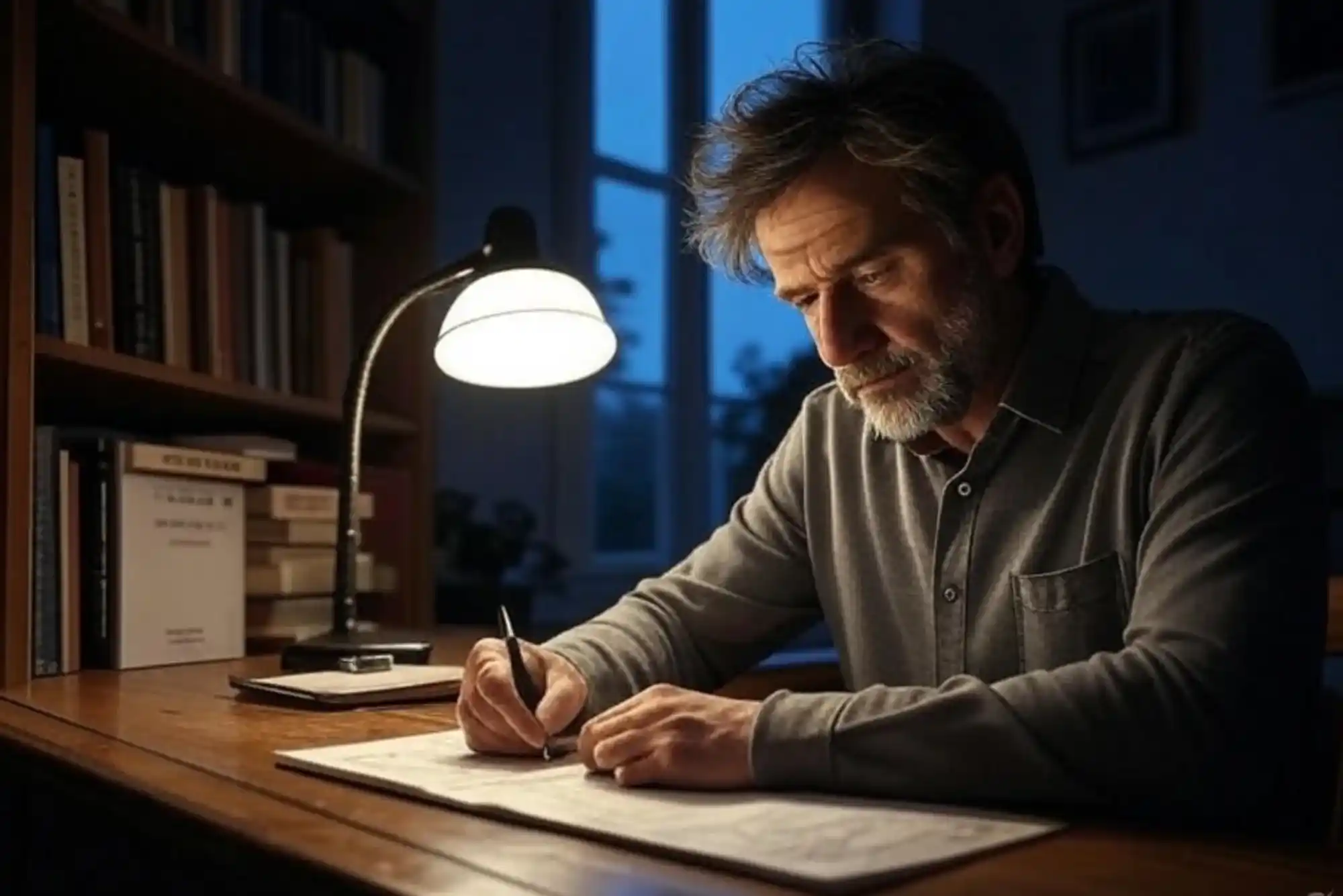When it comes to storytelling that punches you in the gut and lingers in your mind for years, few works match the impact of Berserk. Created by the late Kentaro Miura, Berserk is more than a dark fantasy manga—it’s a raw, emotional, and deeply philosophical tale that has left a permanent mark on the world of literature, animation, and storytelling in general. For writers—whether crafting novels, comics, screenplays, or short fiction—Berserk is a goldmine of inspiration.
Miura’s masterpiece is a brutal, unflinching depiction of life, death, ambition, betrayal, and the enduring human spirit. But more than that, it’s a shining example of how storytelling can be intimate and epic at the same time. For those interested in fantasy or manga—or both—Berserk offers a masterclass in character development, world-building, thematic complexity, and emotional weight.
Let’s unpack what writers can learn from this legendary series.
Deep Characterization That Evolves Over Time
One of the most striking elements in Berserk is the protagonist, Guts. At first glance, he might seem like a standard grim fantasy warrior—strong, scarred, and vengeful. But Berserk slowly reveals the layers beneath his anger. We see his trauma, his search for purpose, his struggle with loneliness, and eventually his capacity for love and loyalty.
Miura doesn’t rush this evolution. He lets Guts grow organically, shaped by events, relationships, and failures. For writers, this is a critical lesson: compelling characters aren’t static. They don’t emerge fully formed. They’re shaped by the story.
If you want your readers to truly care, allow your characters to change—not always for the better, and not always in predictable ways. Give them weaknesses, moments of growth, and even regression. Just like Guts, let them bleed, cry, fail, and rise again.
The Power of Tone and Atmosphere
Berserk is infamous for its brutal, oppressive world. Demons walk the earth. Betrayals are earth-shattering. Violence is graphic and frequent. Yet, it never feels like shock for shock’s sake. Miura’s tone is meticulously crafted—bleak, yes, but also poetic and hauntingly beautiful.
For fantasy writers, especially, tone can make or break a world. It sets the emotional baseline of your narrative. Is your fantasy world gritty and unforgiving, like Berserk’s Midland? Or is it whimsical and mysterious? Either way, the key is consistency. Miura understood how to use visual storytelling, pacing, and dialogue to build a tone that resonates.
Writers should consider how atmosphere is constructed not just through plot, but through small, cumulative details—weather, lighting, the way people speak, what they wear, how they behave when they think no one’s watching. These elements, when done right, create immersion and emotional weight.
Fantasy Is a Mirror, Not an Escape
Berserk may feature monstrous apostles, ancient curses, and magical realms, but its most haunting themes are deeply human. Abuse, loss, ambition, love, revenge, and the will to survive—it’s all rooted in the real world. Miura never shied away from the ugliness of humanity, nor did he trivialize it with fantasy tropes.
Fantasy, in this context, becomes more than just escapism. It becomes a lens to examine real suffering, real decisions, and real consequences. Writers working in the fantasy genre can take this to heart. Your story doesn’t need to be all dragons and magic systems. It can—and should—be about people, what drives them, what haunts them, and what they dream of.
Miura made his fantasy world believable not because of how elaborate it was (though it is incredibly rich), but because it reflected human truths.
The Art of Tragedy
One of the most defining aspects of Berserk is its tragic nature. Characters you love will die. Hopes will be crushed. The world won’t offer neat resolutions. And yet, the narrative never becomes nihilistic. There’s always a glimmer of hope, however small. It’s a story that shows us how people survive after the worst happens.
Tragedy, when used well, can make a story unforgettable. It can elevate stakes and force characters to grow. But it must feel earned. Miura didn’t just kill characters for shock value. He used tragedy to explore the depths of his characters’ psyches. When something awful happened, we saw how it changed everyone involved.
Writers can learn to use loss, pain, and sorrow not as gimmicks, but as crucibles—intense trials that burn away the surface and reveal what’s truly underneath. Done right, tragedy can forge the most enduring character arcs.
Let Themes Speak Through the Story
Rather than beating readers over the head with messages, Miura embedded his themes within the structure and events of the narrative. Whether it was the struggle between fate and free will, the danger of blind ambition, or the healing power of love and friendship, these ideas emerged naturally from the choices characters made.
For writers, this is a reminder that theme should arise from narrative, not lecture. Readers are smart. They don’t need your characters to deliver monologues explaining the moral of the story. They need to see it unfold, feel its consequences, and reach their own conclusions.
In Berserk, the theme of causality—the idea that everything is connected and predetermined—runs like a current under every arc. And yet, it’s never outright stated. It’s shown, slowly, devastatingly. This subtlety is something all writers should strive for.
Build Worlds That Reflect the Story’s Heart
The world of Berserk is unforgiving, cruel, and often grotesque. But it perfectly mirrors the internal struggles of its characters. Guts, constantly at war with himself and others, travels through landscapes that reflect this chaos—ruined towns, haunted forests, fields soaked in blood.
Fantasy world-building is often obsessed with maps, languages, and histories. These details matter, yes. But Berserk teaches us that the emotional resonance of the world is just as important. A fantasy setting should feel like the characters belong there—that it, too, is part of the story being told.
So instead of starting with world-building for its own sake, ask: what kind of world would sharpen the themes I’m exploring? What kind of setting would challenge my characters the most?
Visual Symbolism and Literary Influence
Though Berserk is primarily a manga, its use of symbolism rivals that of great literature. The Brand of Sacrifice, for example, isn’t just a plot device—it’s a constant reminder of pain, of past decisions, of the line between human and monster. The Eclipse isn’t just a tragic event—it’s the literal and emotional turning point of the entire series.
Even writers working in non-visual mediums can learn from Miura’s approach. Think in images. What object, moment, or setting can represent something larger? What small, recurring detail can gain weight over time?
Miura was heavily influenced by classical literature, western art, and religious iconography. Writers should not be afraid to draw from beyond their immediate genre. Read widely. Learn from art, music, philosophy, and history. Your story will only grow richer for it.
Patience and Mastery Take Time
Miura began drawing Berserk in the 1980s and continued for over 30 years. His art evolved, his story deepened, and his characters matured with him. As a writer, it’s tempting to want immediate results—a finished novel, a viral post, a breakthrough hit. But Berserk reminds us that mastery takes time.
You don’t need to have everything figured out on page one. You just need the discipline to keep going, the humility to keep learning, and the courage to dig deeper. Writing is a long game. Let your craft evolve, just like Miura’s did.
Final Thoughts: Legacy Beyond the Page
Even after Miura’s untimely death, Berserk continues to inspire millions. That’s the mark of powerful storytelling—it outlives its creator. It echoes across genres and cultures. For those of us who write, whether casually or professionally, Berserk is both a warning and a promise. It shows what can be achieved when you write with purpose, with emotion, and with unflinching honesty.
It’s not just a manga. It’s a blueprint for storytelling that cuts deep, lingers long, and refuses to let go.
So the next time you sit down to write your fantasy epic, your webcomic, your novel-in-progress, ask yourself: what would Miura do?
And then—perhaps more importantly—ask: what would you do, if you had the courage to tell the truth as fiercely as Berserk does?
Would you like a downloadable version of this article or a social media caption for it?




